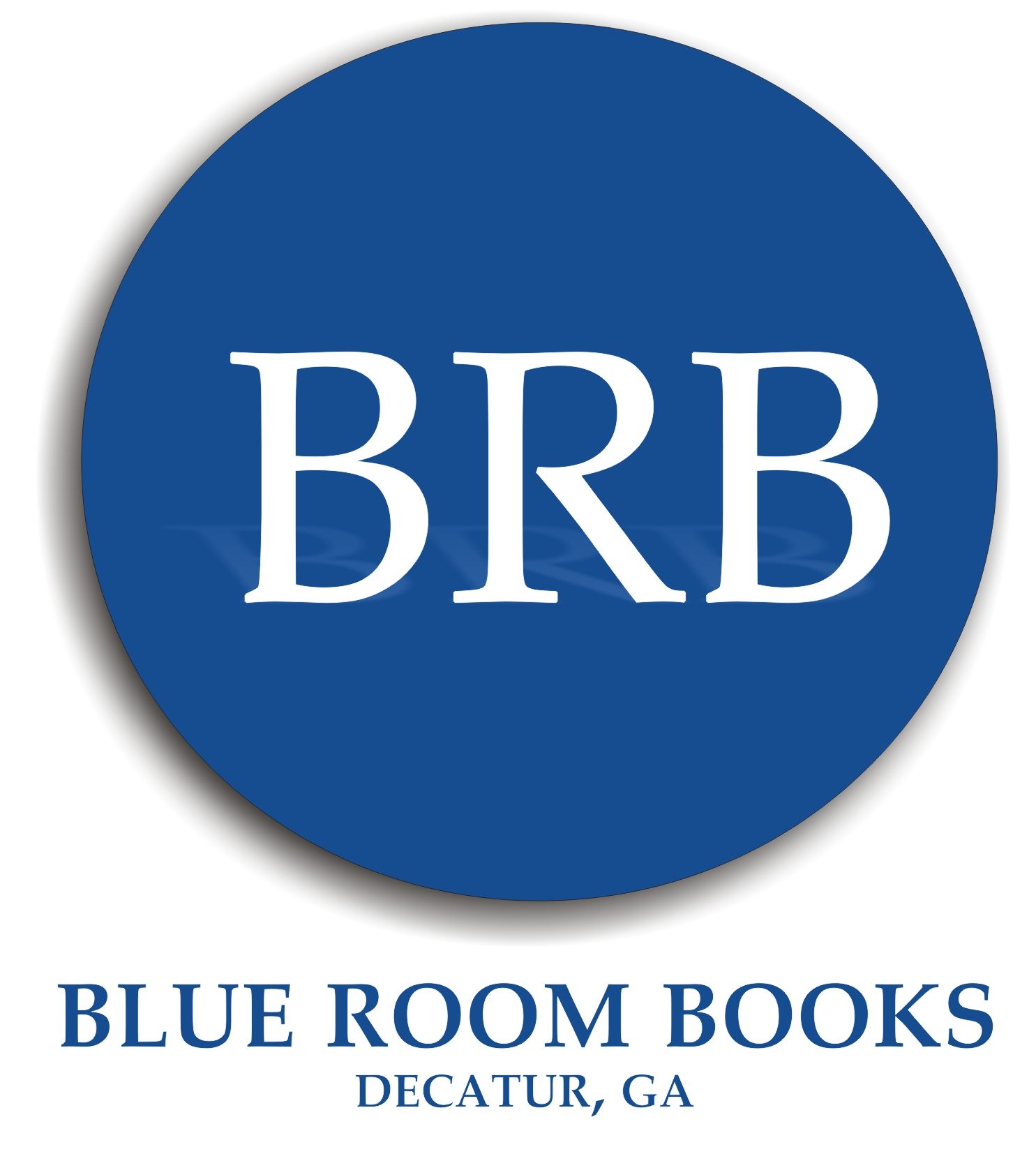“Sentence, this, that is, this one sentence, copies exactly; or almost exactly though some may disagree! But that’s for another time to discuss, style. Yes, the style of a writer whose style, true some call it searching for a style, has not been found, nay clarified.”
That was painful to read, wasn’t it? Did you even finish the paragraph? Wouldn’t blame you if you didn’t. Rest assured I did not make up this style, but was once hired to edit a full-length novel written exactly like that. The author was unequivocal when he said, “Don’t change my voice.” In that he was a lot like ee cummings.
Let me make that original paragraph more plain: Those inverted sentences and fragments won’t be helped by tweaking; they need a rewrite.
However, the question that arises is this: Is all aggravation of a reader bad?
Answer: No! Plot points and character development and first, second, third person points of view and telling and showing and scene setting and cliffhangers all serve to drive a story making it — hopefully! — a page turner. We all want to hear readers say, “I couldn’t put your book down.”
Readers don’t want to work terribly hard to find the story between commas flung willy-nilly, exclamation points shouting everywhere, other punctuation marks running roughshod through it, or a writer meandering in search of a style. That is not their job. Their job is to plunk money down to be entertained. So, aggravate a reader with plot tension. Intensify their engrossment in the character’s journey. Make them love, hate, agree, disagree, with characters, plot, even the ending, yet leave them always wanting more.
But for the love of God, go easy on the punctuation. Less is more until more is less. So now the question is: Geez, when am I to worry about punctuation? See Part 3. Author, editor, publisher, and more: learn about Angela K. Durden here and here and here.
